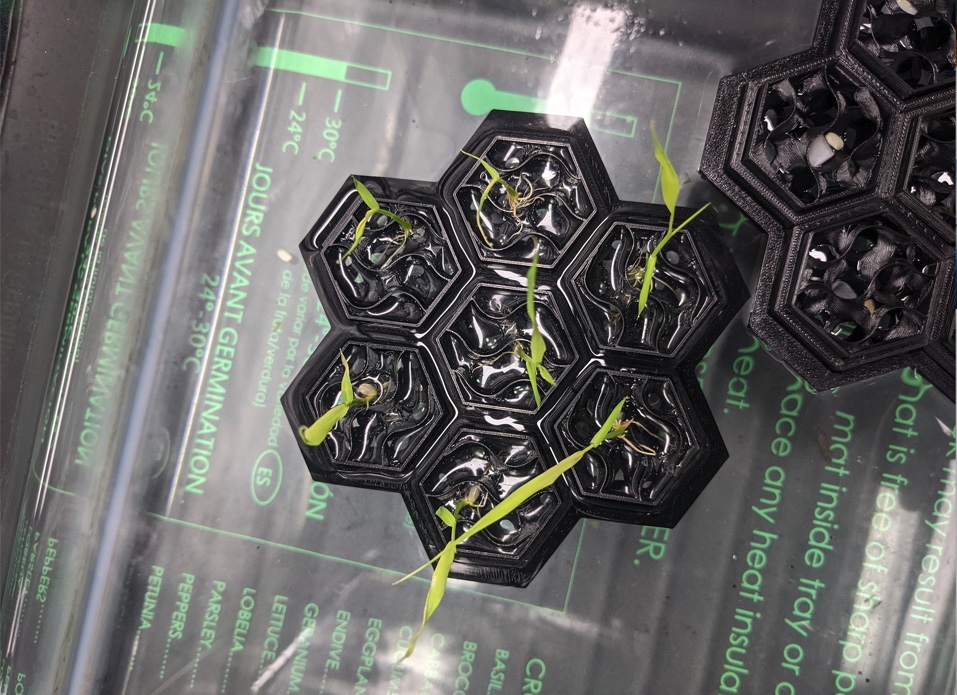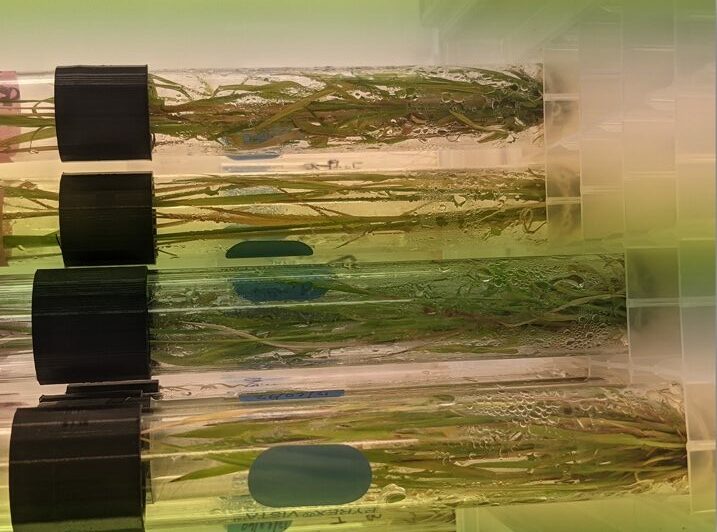Agrisea – Rice farming goes offshore
Agrisea uses a gene-editing technique (CRISPR) to amplify the salt-tolerant genes already found in rice to grow the grain on floating sea farms. This rice requires no soil, fertilizers, nor freshwater. The Canadian start-up aims to launch small pilot farms in January 2022 and full-scale production later in the year. Agrisea believes their gene-edited, ocean-grown rice could help combat hunger and alleviate numerous environmental problems.
Challenge: Producing more food without the need for more agricultural land
In the context of environmental and health crises, as the world’s population continues to grow, so does food insecurity. Our present cultivation systems cannot keep up the pace.
There is heightened pressure to produce more food without expanding agricultural acreage. By encroaching on vulnerable, untouched lands, yield-decreasing pathogens infest new areas whose crops are not prepared for such pathogens. We then use fertilizers to boost productivity, but plants absorb them inefficiently, leading to environmental hazards such as the nitrification of soil and freshwater. Moving some food production offshore could alleviate “exhausted” agricultural lands.
The world’s current agricultural practices are also vulnerable to the ever-growing soil salinization, increased droughts, increasingly frequent extreme weather events, and higher temperatures jeopardizing yield. Finding innovative ways to grow foods, especially staple foods, becomes imperative to combat food insecurity.
Rice is a major staple food everywhere on the planet. In the 2020/2021 crop year, the global population consumed over 500 million tons of rice. Nearly half of us eat it daily. Yet, it’s among the most resource-intensive staple grains. On average, it takes 1,432 liters of water to produce one kilo of the ubiquitous carbohydrate. Finding less thirsty ways to grow rice would help the food system reduce its contribution to the growing water scarcity.


